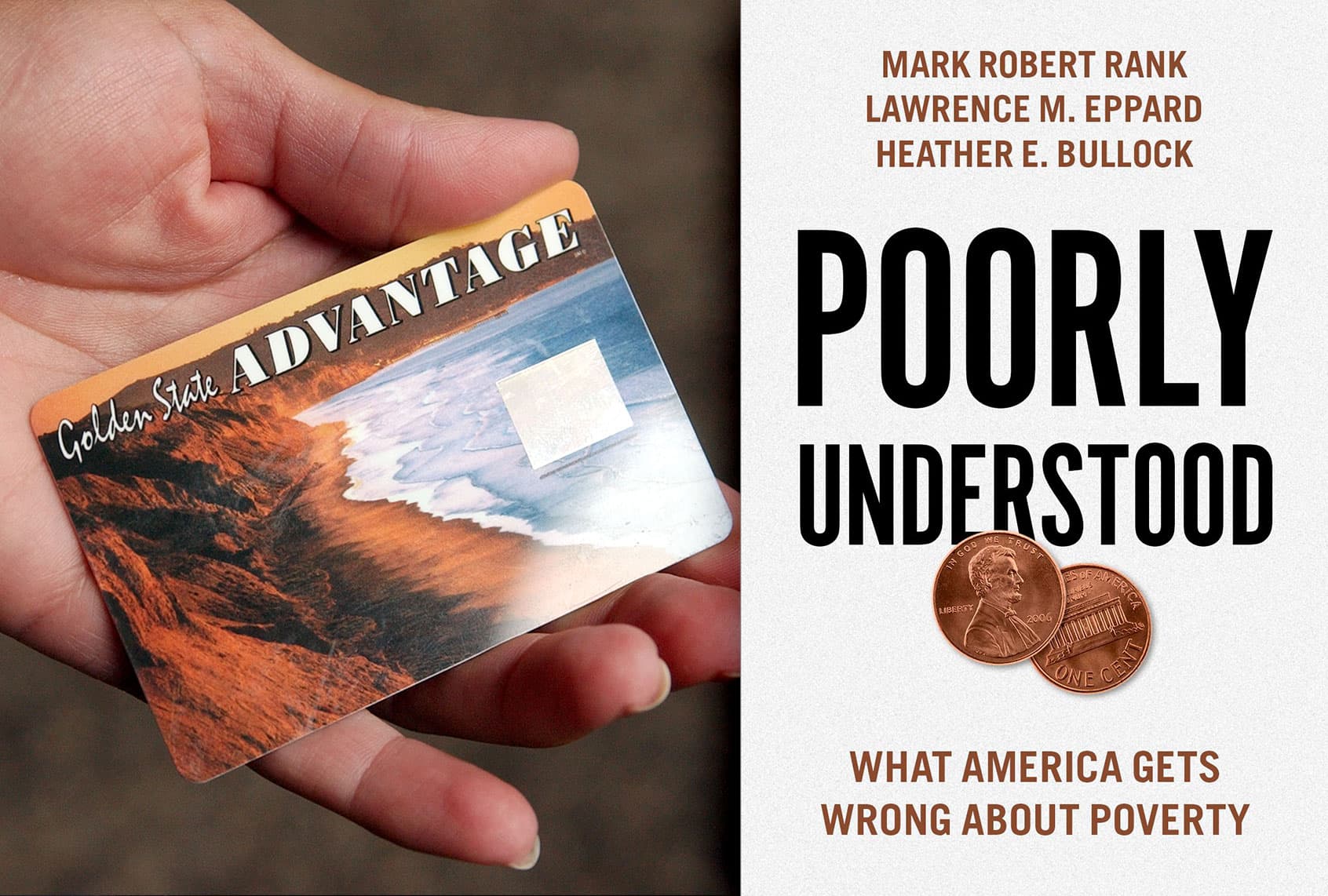SNAP Enrollment Sees 12% Rise Post-EBT Transition, Stigma Remains a Barrier

The transition from traditional food stamps to Electronic Benefit Transfer (EBT) cards for programs like the Supplemental Nutrition Assistance Program (SNAP) has sparked ongoing debate regarding its impact on public perception and recipient behavior. A recent social media post by user FischerKing highlighted this, stating, > "Decades of food stamps - and also replacing the actual tickets with inconspicuous cards that look like credit cards - has removed any sense of shame in being on welfare. A program designed to help people in temporary trouble is now a way of life for many." This comment reflects a persistent public discussion about welfare stigma and dependency.
The introduction of EBT cards was intended to modernize benefit distribution, reduce administrative costs, and notably, diminish the stigma associated with using food assistance. By making benefit cards resemble standard debit or credit cards, recipients were meant to feel less conspicuous at checkout. While the universal implementation of EBT has shown a small positive effect on program take-up and reduced some aspects of stigma by making transactions less identifiable, studies indicate that it has not entirely eliminated the social stigma. Over half of SNAP participants, for instance, still report experiencing stigma, often feeling judged by others.
Despite the ongoing struggle with social stigma, the shift to EBT cards significantly impacted program participation. Research indicates that the transition to EBT led to an approximate 12% increase in SNAP enrollment. This rise is largely attributed to the reduced identifiability of recipients at grocery store checkouts, making it easier for eligible individuals to access benefits without the overt display of paper vouchers. The effects of this enrollment increase were most pronounced within two to three years following EBT implementation.
The assertion that welfare has become a "way of life" for many, rather than temporary aid, often fuels discussions around dependency. However, analyses of SNAP recipients reveal that the program primarily serves vulnerable populations, including two-thirds who are senior citizens, children, or people with disabilities. Among able-bodied recipients, most are employed, often in low-wage jobs, highlighting the program's role as a critical safety net against structural economic barriers. Claims of widespread fraud are also largely unsubstantiated, with program abuse being universally low.
Ultimately, while EBT cards have facilitated greater access to food assistance and contributed to a notable increase in enrollment, the underlying social stigma associated with welfare programs remains a significant challenge. Many eligible individuals still choose not to apply for benefits due to the humiliation and frustration tied to public perception, underscoring the complex interplay between policy changes and societal attitudes toward poverty and public assistance.